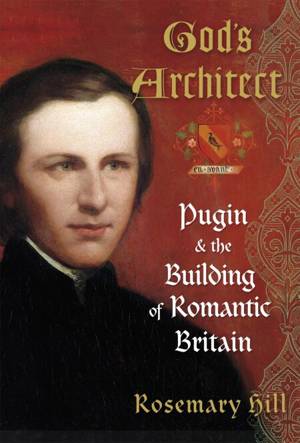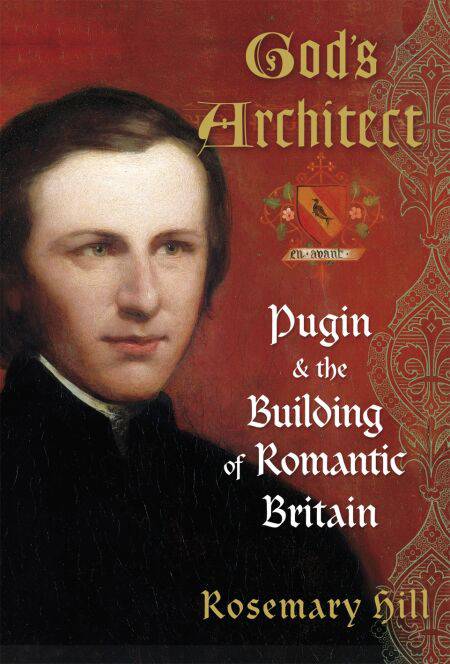
- Retrait gratuit dans votre magasin Club
- 7.000.000 titres dans notre catalogue
- Payer en toute sécurité
- Toujours un magasin près de chez vous
- Retrait gratuit dans votre magasin Club
- 7.000.000 titres dans notre catalogue
- Payer en toute sécurité
- Toujours un magasin près de chez vous
Description
'A magnificent biography, as sumptuous and intricate as anything Pugin built' John Carey
Pugin was one of Britain’s greatest architects and his short career one of the most dramatic in architectural history. Born in 1812, the son of the soi-disant Comte de Pugin, at 15 Pugin was working for King George IV at Windsor Castle. By the time he was 21 he had been shipwrecked, bankrupted and widowed. Nineteen years later he died, insane and disillusioned, having changed the face and the mind of British architecture.
Pugin’s bohemian early career as an antique dealer and scenery designer at Covent Garden came to a sudden end with a series of devastating bereavements, including the loss of his first wife in childbirth. In the aftermath he formed a vision of Gothic architecture that was both romantic and deeply religious.
Once launched, Pugin’s career was torrential. Before he was 30 he had designed 22 churches, three cathedrals, half a dozen extraordinary houses and a Cistercian monastery. For eight years he worked with Charles Barry on the Palace of Westminster creating its sumptuous interiors, the House of Lords and the clock ‘Big Ben’ that became one of Britain’s most famous landmarks. He was the first architect-designer to cater for the middle-classes, producing everything from plant pots to wallpaper and early flat-pack furniture.
God’s Architect is the first full modern biography of this extraordinary figure. It draws on thousands of unpublished letters and drawings to recreate his life and work as architect, propagandist and romantic artist as well as the turbulent story of his three marriages, the bitterness of his last years and his sudden death at 40. It is the debut of a remarkable historian and biographer.
Spécifications
Parties prenantes
- Auteur(s) :
- Editeur:
Contenu
- Nombre de pages :
- 656
- Langue:
- Anglais
Caractéristiques
- EAN:
- 9780141911670
- Date de parution :
- 01-08-07
- Format:
- Ebook
- Protection digitale:
- Adobe DRM
- Format numérique:
- ePub







